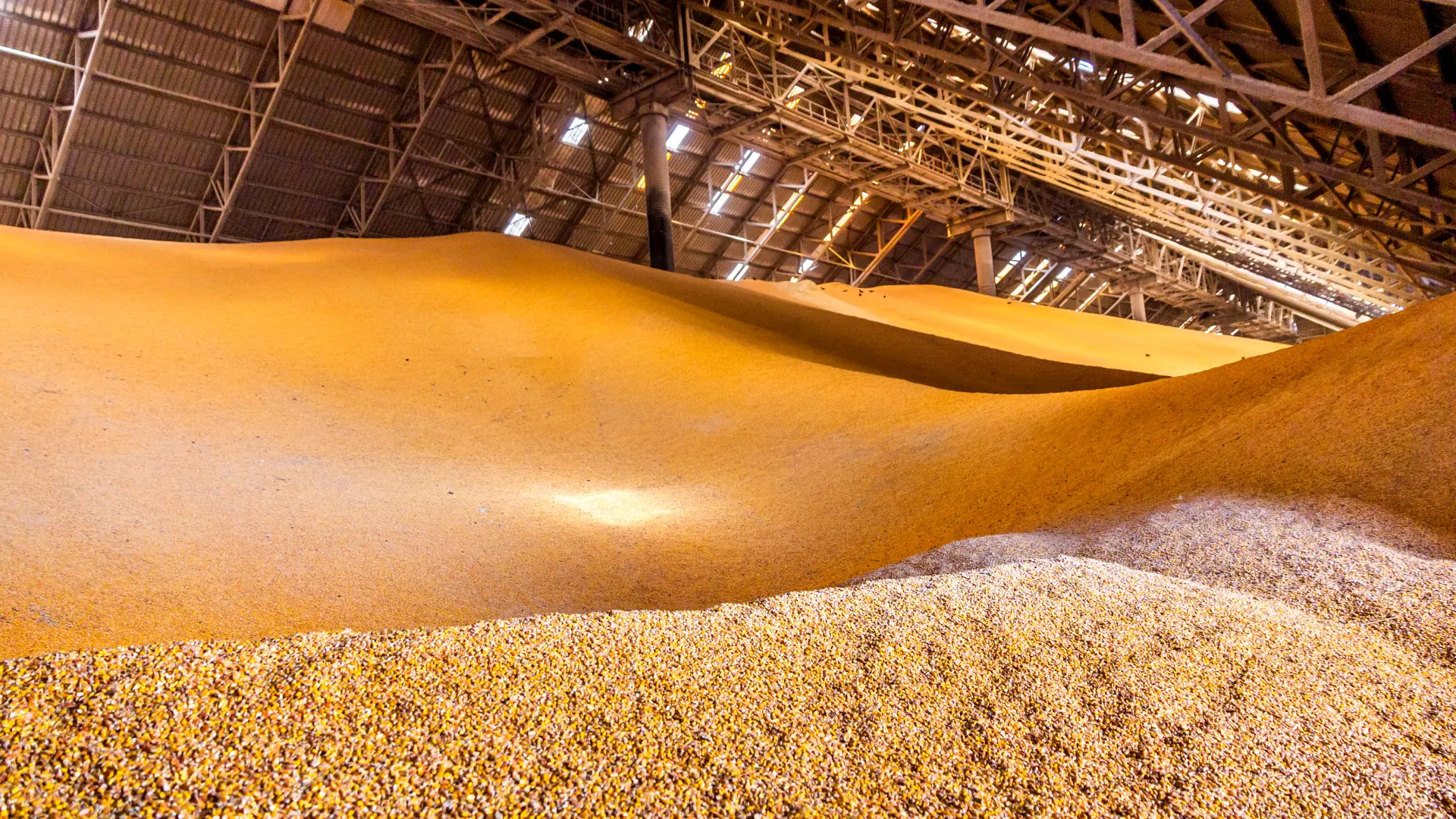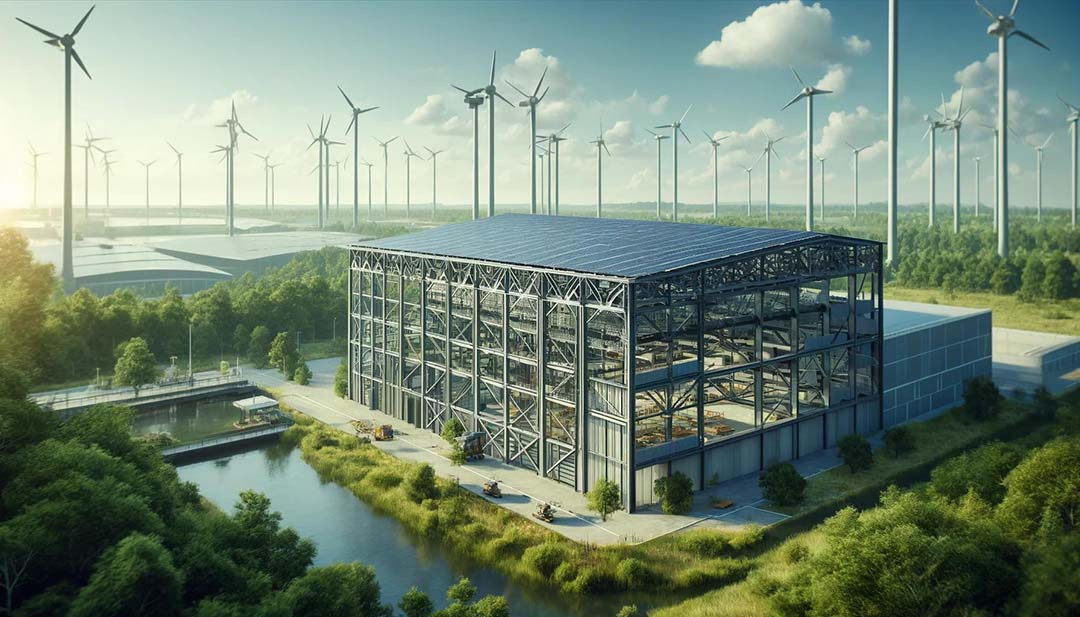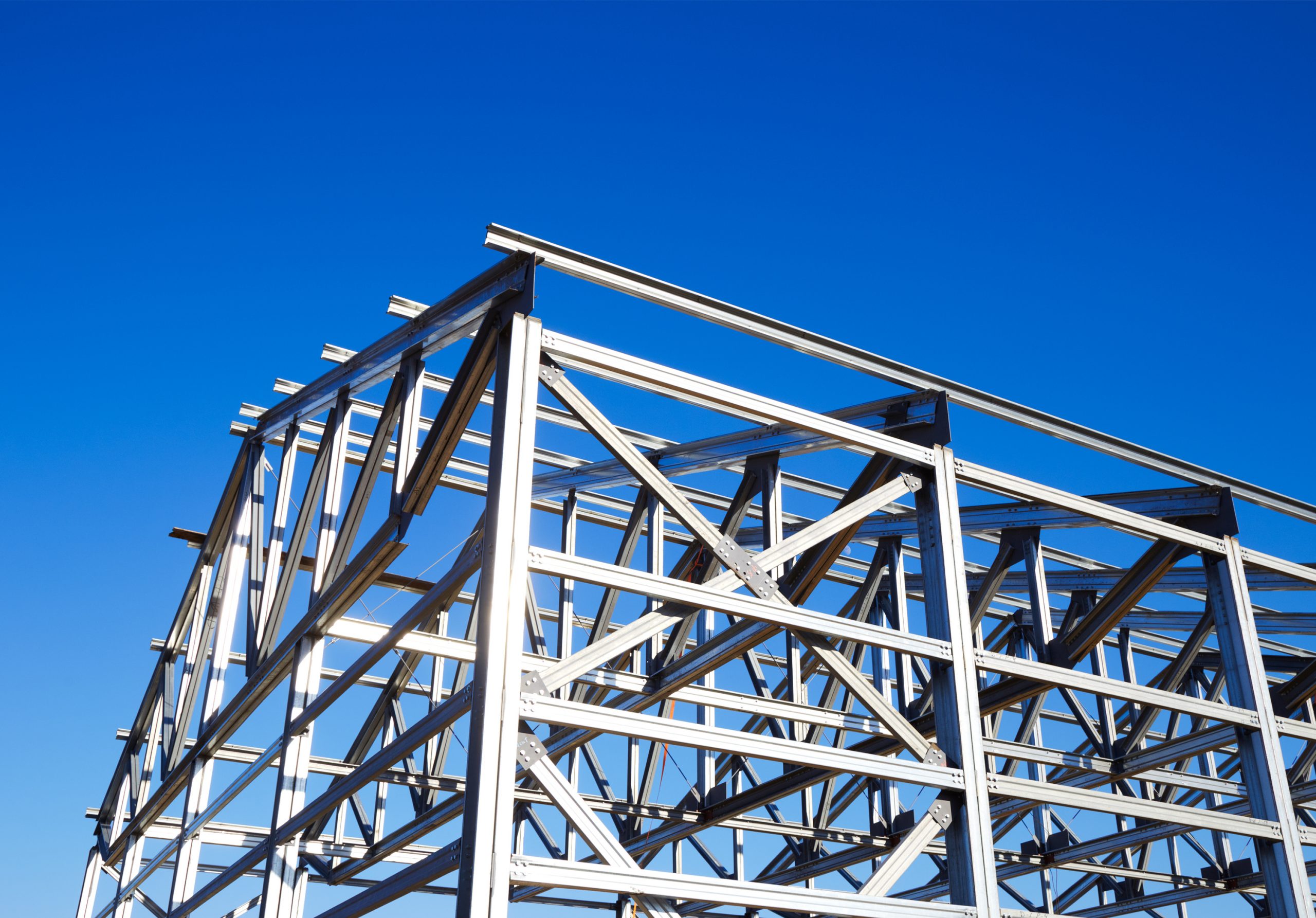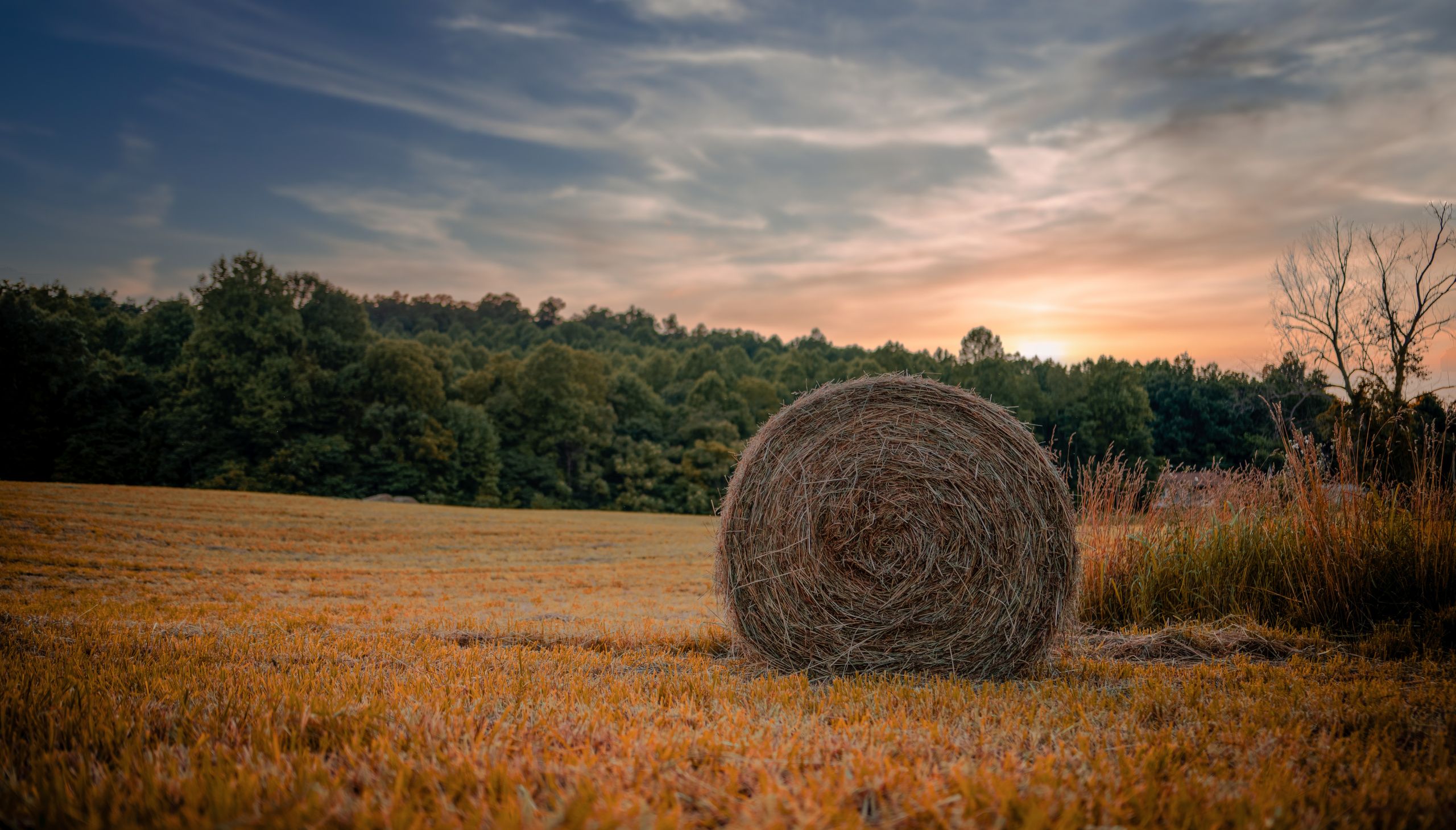When it comes to constructing industrial and agricultural buildings, choosing the right material is crucial for durability, strength, and cost-effectiveness. Two popular options that often come into consideration are timber and steel. In this blog post, we’ll delve into the key factors to consider when deciding between timber and steel for industrial and agricultural building kits. By understanding the benefits and limitations of each material, you’ll be able to make an informed decision that suits your specific needs.
Strength and Durability:
Steel, known for its inherent strength, offers superior durability compared to timber. Steel can withstand heavy loads, harsh weather conditions, and pests, making it ideal for industrial and agricultural buildings that require robust structures. On the other hand, while timber has natural strength, it may not offer the same level of durability as steel, especially in environments prone to moisture, pests, or fire risks.
Longevity and Maintenance:
Steel buildings tend to have a longer lifespan than timber structures. Steel is resistant to rot, warping, and decay, requiring minimal maintenance over time. Timber, although treated to enhance durability, may still require regular maintenance to prevent deterioration, including painting, sealing, and potential repairs. It’s important to consider the long-term maintenance costs when deciding between the two materials.
Cost and Construction:
When comparing costs, timber buildings tend to be initially cheaper than steel structures. Timber is widely available and easier to work with, resulting in lower material and labor costs. However, steel buildings often offer better value in the long run due to their durability, reduced maintenance needs, and potential for expansion or modification in the future. Additionally, steel building kits are precision-engineered, ensuring efficient construction processes and shorter project timelines.
Fire and Pest Resistance:
Steel is inherently fire-resistant, providing an added layer of safety in industrial and agricultural settings. It does not contribute to the spread of fire, making it a preferred choice where fire risks are a concern. Timber, on the other hand, is combustible and requires additional fire-resistant treatments to meet safety regulations. Similarly, steel is impervious to pests such as termites, whereas timber may be vulnerable without proper treatments and ongoing pest control measures.
Environmental Considerations:
Timber is considered a renewable and environmentally friendly material, as it is sourced from responsibly managed forests. It has a lower carbon footprint during production compared to steel, which requires significant energy and resources for manufacturing. However, steel is highly recyclable and can be repurposed, reducing waste and promoting sustainability. Both materials have their environmental merits, and the choice may depend on specific sustainability goals and regulations.
Conclusion:
When it comes to selecting the right material for industrial and agricultural building kits, weighing the benefits and drawbacks of timber and steel is essential. While timber may offer initial cost advantages and environmental appeal, steel stands out for its strength, durability, fire resistance, and reduced long-term maintenance needs. By considering factors such as strength requirements, budget, maintenance, and environmental considerations, you can make an informed decision and choose the material that best suits your industrial or agricultural construction project.








